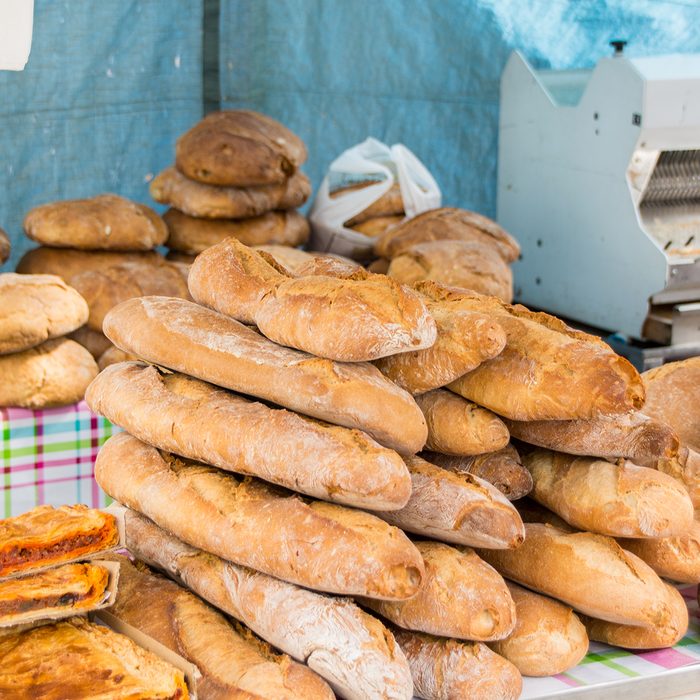
Can you sell homemade food at a farmers market?
Yes, you can! In fact, people are more likely to buy from your stall if you have something that nobody else can offer. Have a secret recipe for bread? A famous family salsa? (Or, try one of ours!) Something unique and delicious will pull customers in—especially if you tempt them with free samples.
As a note of caution, however, you’ll have to display the food all day long. If your recipe calls for refrigeration, freezing or heating, you’ll need to bring equipment that keeps everything fresh.
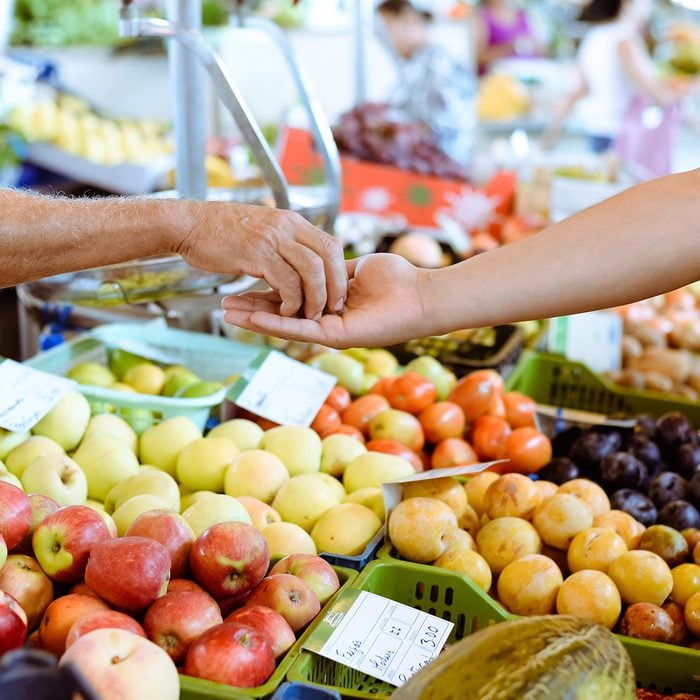
What about selling produce?
If you keep a garden or small farm, a farmers market is the perfect place to sell homegrown fruits, vegetables and herbs.
However, if you’re not a farmer or gardener yourself, most markets allow for second-hand sales. If you know small growers in your area, you can purchase their produce and animal products and sell them from your own stall. Just be sure to label where everything comes from so that your customers aren’t misled into believing everything came from your backyard!
Wondering where to open your farmers market stand? You could opt for the market closest to your farm or garden, but if you want to work your way up, here’s our list of the best farmers market in every state.
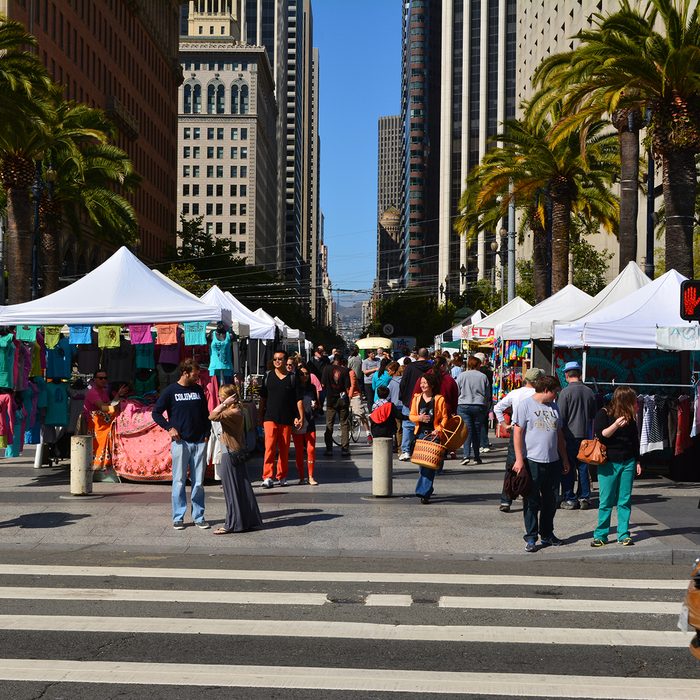
What types of certification do you need?
There are a couple forms of certification you will need to set up a stall at a farmers market, so be sure to check with your vendor to make sure you have the necessary forms. Usually, there are licenses and food service certifications that you need for health inspections—plus city business licenses and county health department permits. You’ll also need insurance and an operator license for some markets.
Sometimes, you can apply for these permits online, but be sure to do your research first (and well before your first day at the market!)
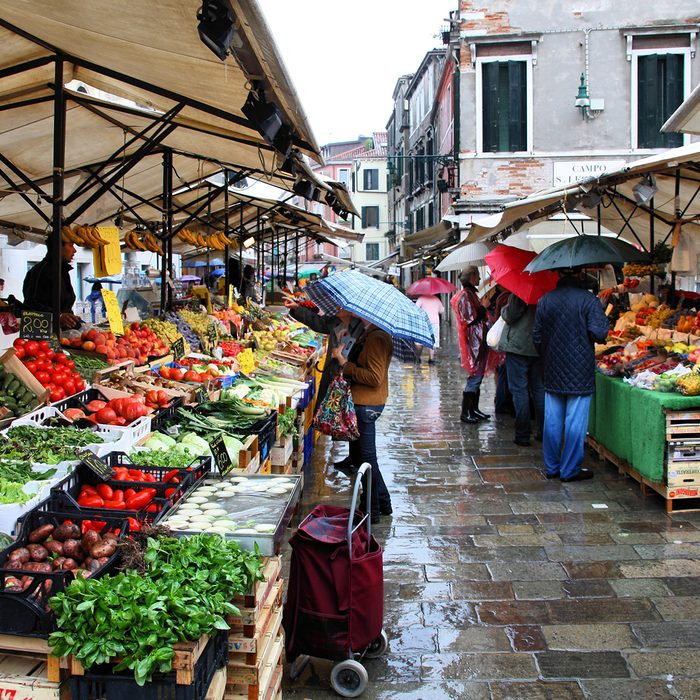
How much does it cost to get set up?
Once you think you have something worth selling, you can get started by purchasing a spot. Be prepared to spend a couple hundred dollars on the stall itself, which is just a plot of land in the farmers market where you can build your stand. Some markets supply its vendors with tents and tables, but you might need to buy your own as well—especially if you live in a region where rain is common. Try this top-rated collapsible tent ($150). If you’re planning on serving food that people will eat right away, invest in some tables and chairs for your customers as well.
After that, you’ll have to think about all the things you need to display and store your food. Do you need coolers, refrigeration or any heating equipment? What kind of bags or containers will people need to take your products home? Where will you store any cash? If you want to accept credit and debit cards, do you have the equipment to process those transactions? It’s a lot to think about, but once you get set up, you’ll be grateful that you did so much planning in advance.
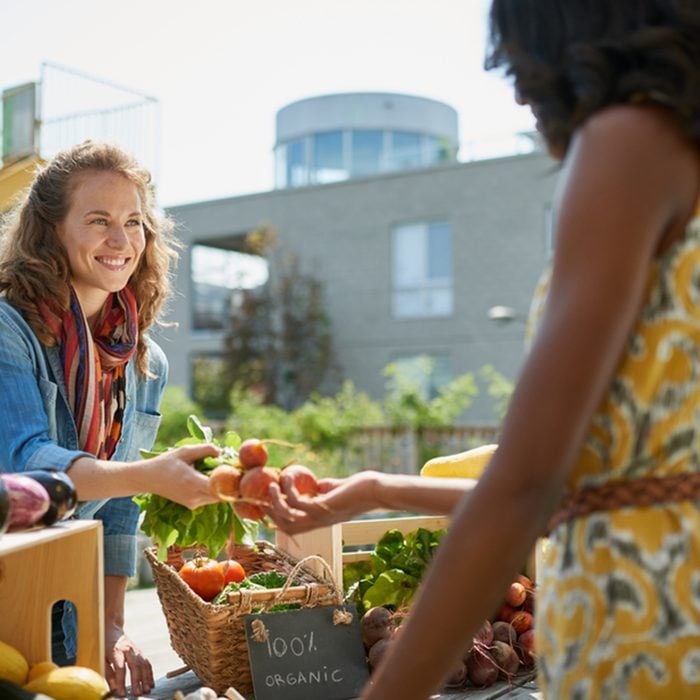
Are you expected to negotiate with customers?
No! When coming up with pricing, be sure to display the dollar value of each item in a location that makes it easy to read and understand. If your prices are too high and people try to negotiate, your stall will look like a bad deal for every customer that comes afterwards.
For the best results, pick your prices and stick to them. If things sell out too soon or don’t sell out at all, you can adjust the exact value for the next weekend. At the beginning, pricing will be trial and error, but the longer you go to farmers markets, the easier it will be to find that sweet spot!
You shouldn’t negotiate at a butcher shop, either. Here’s why.
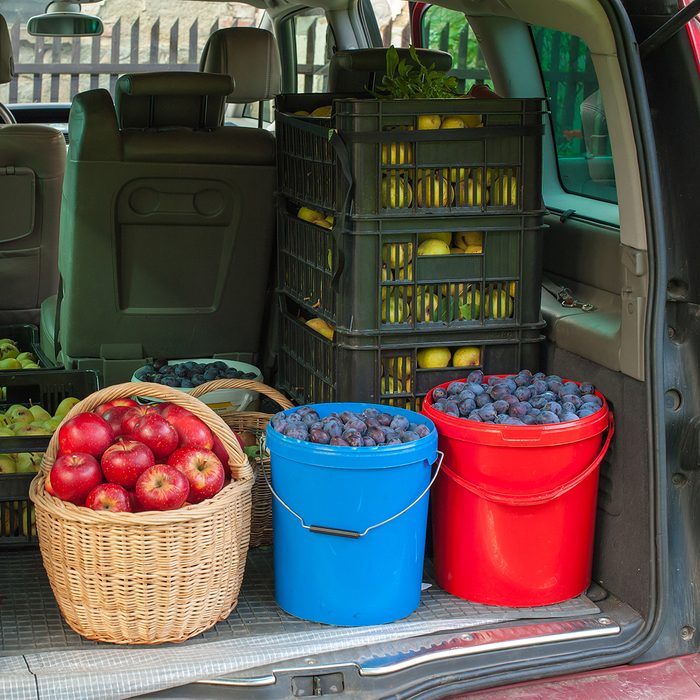
How do you transport produce without anything spoiling?
Since you’re already planning to have your products on display for long periods of time, transporting them shouldn’t be too hard. If your food requires refrigeration, rely on coolers until you know whether or not your stall in the market contains access to a power source. Worried about freezer burn? Click here.
If you’re a small vendor, you can probably fit everything you need in the trunk of your car. Just be careful to package things in manageable amounts because you might have to walk a far distance from the parking lot to your stall. Consider bringing help with you to make the set-up, clean-up and transportation process easier.
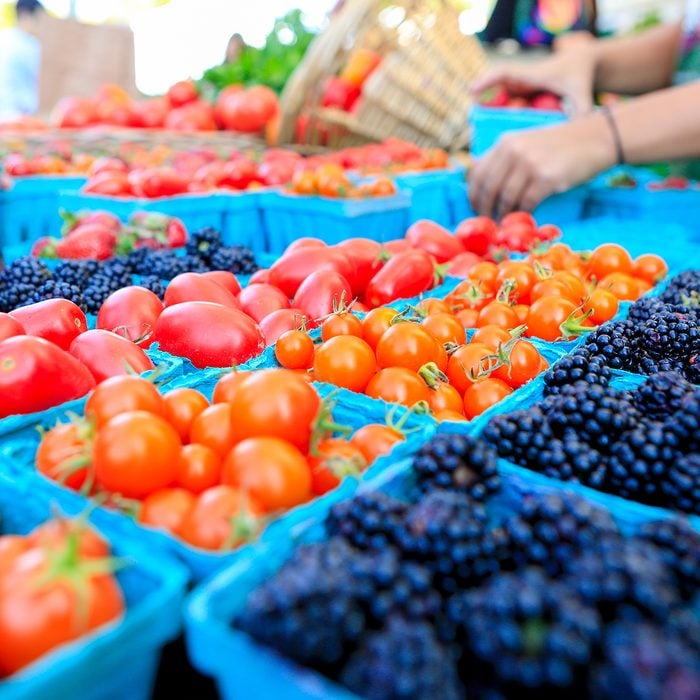
How many different things should you sell?
According to a study conducted in food markets in 2000, customers are more willing to try something when presented with fewer options. When given six different free samples of jam, customers were 10 times more likely to try them than when provided with twenty-four varieties. (However, if you want that many jam recipes, we know where to look.)
To pull in the most customers, it’s best to start small—between three and six different options of your particular product. If your stall is a success, you can add more later!
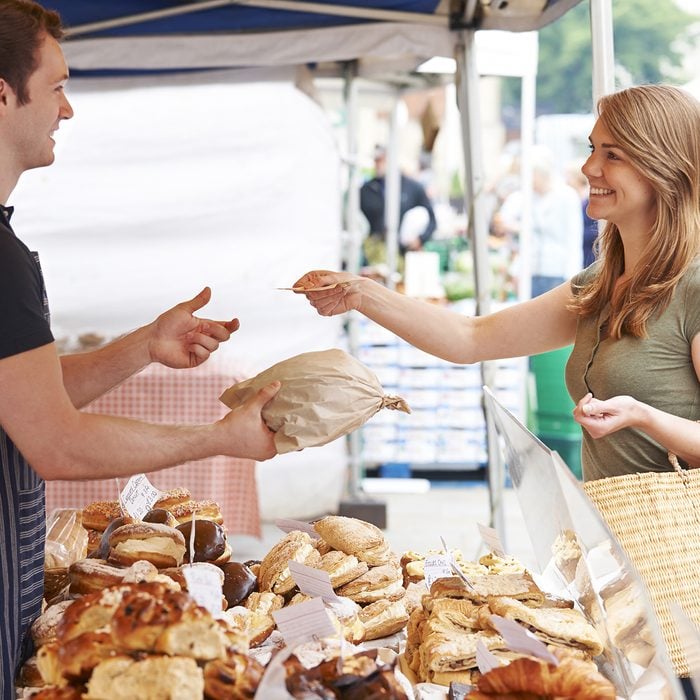
How much of each product should you have?
It depends on what you’re selling. If it’s a homemade recipe, like mini pies or jars of jam, it might be best to only display the amount that you expect to sell. That way, near the end of the shift—in our opinion, the best time to visit—you’ll only have a couple left, which might make people believe that they should grab one before you sell out. (If you’re worried about actually selling out, you can always keep a cooler beneath the table with extras.)
However, if you’re selling produce, it’s always best to have more. People are very picky when selecting the fruits and vegetables they want to buy, so providing a customer with a whole stack of melons will allow them to choose the one they want to buy. No one wants to take the last discolored, dented melon—they’ll think something’s wrong with it!
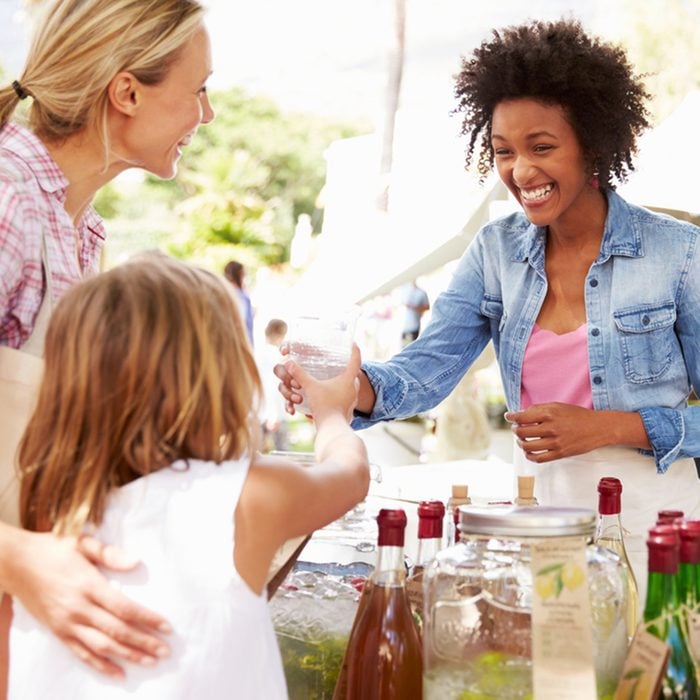
What does a typical day look like?
To figure out what it would be like to own a booth or stall at the farmers market, visit in advance! (We have a guide to maximizing your farmers market experience.) Spend a long time walking around, observing sales. This is an easy way to figure out what products seem to do well, and which set-ups seem to draw the most people.
Once you’re working your own stand, you’ll probably spend most of your time talking with customers—and not all of them will buy something from you. Don’t take it personally! Some people are naturally curious about your farm or your recipes, but if you’re friendly and generous, they’re more likely to spend money on your products.
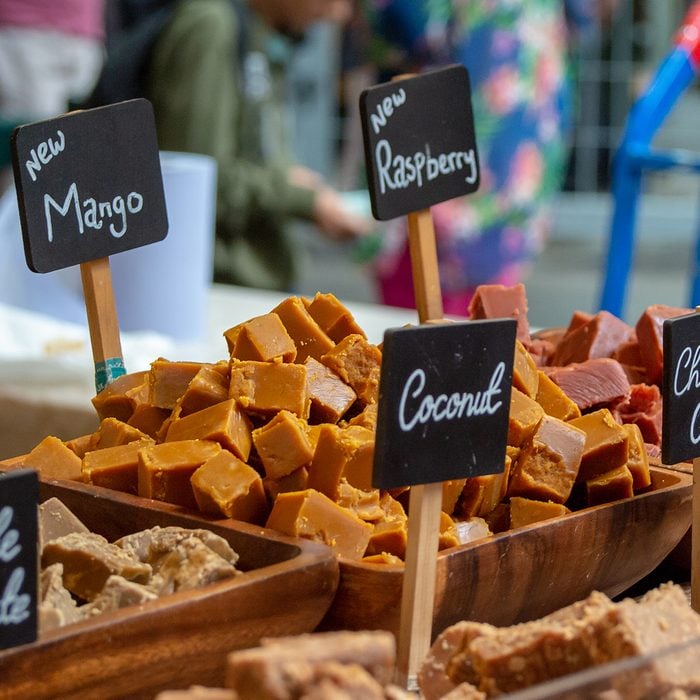
How can you make yourself stand out?
If you’re hoping to make a big profit, you’ll have to make your stall eye-catching and attractive. Invest in a clean, simple tablecloth to make your food or produce stand out. Be sure to wipe off any shelving before you set up for the day and keep sample trays crumb-free. Know someone with good handwriting? Opt for legible, creative labels that draw the eye toward all of your goods.
Once you’ve been in the farmers market for a while, you can try your hand at offering discounts, too. Try making punch-cards to reward your returning buyers or offering special deals for customers who buy in bulk.
Note: Every product is independently selected by our editors. If you buy something through our links, we may earn an affiliate commission.
